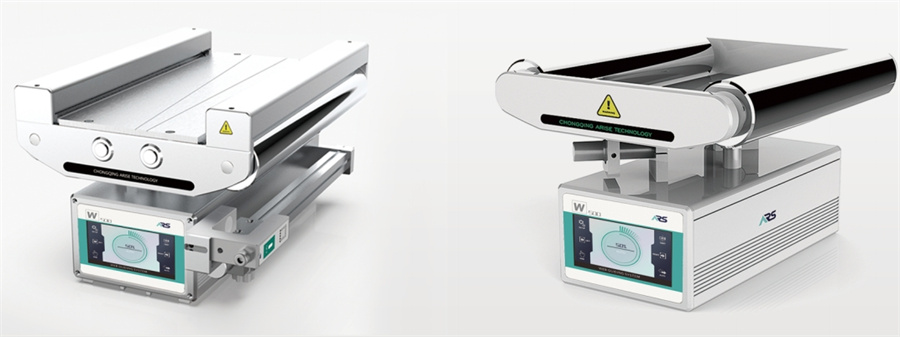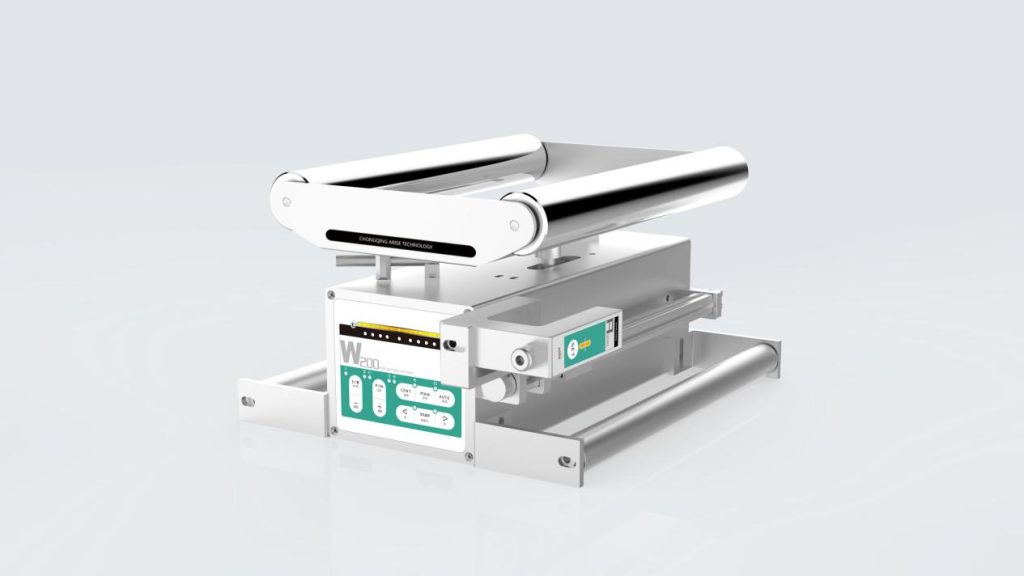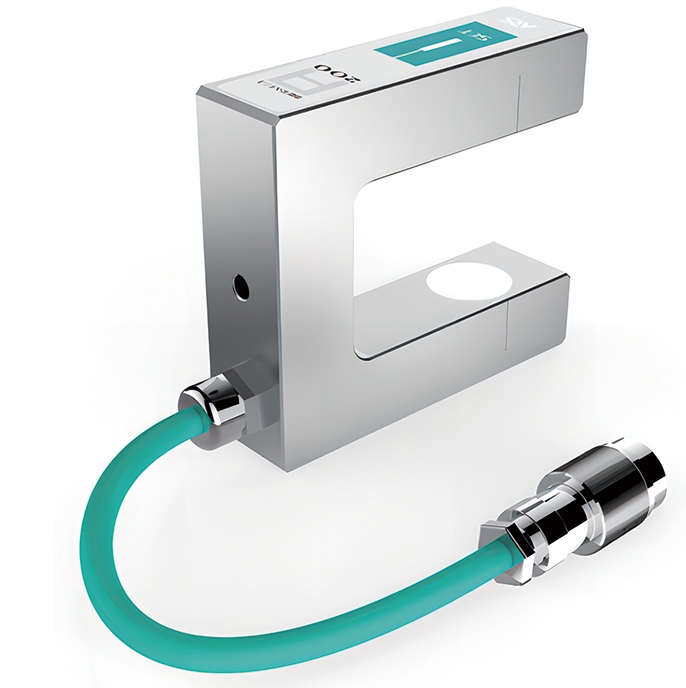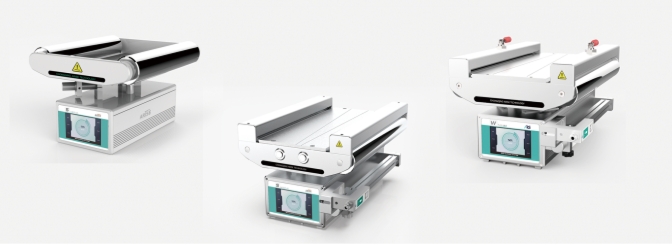How to Enhance Safety in Operating Web Guide System Equipment
Operating web guide system equipment can be complex and hazardous if not managed properly. Ensuring safety in these environments is paramount for protecting operators and maintaining efficient production. In this article, we explore the significance of safety in operating web guiding equipment and provide a comprehensive guide on how to enhance safety .

Why Enhancing Safety in Operating Web Guide System Equipment is Important
Here’s a chart that outlines the key points regarding the importance of enhancing safety in operating web guiding equipment.
| Aspect | Importance | Benefits |
| Protecting Human Life | Prevents injuries and reduces health risks associated with operating complex machinery. | Fewer accidents and injuries Improved health and well-being |
| Operational Efficiency | Minimizes downtime and improves productivity by ensuring smooth and safe operations. | Reduced downtimeIncreased productivity |
| Financial Benefits | Lowers costs related to accidents, medical expenses, and insurance premiums. | Lower operational costsReduced insurance premiums |
| Regulatory Compliance | Ensures adherence to safety regulations and standards, avoiding fines and legal penalties. | Legal complianceAvoidance of fines and legal issues |
| Reputation and Culture | Builds a positive reputation and fosters a culture of safety within the organization. | Enhanced reputationPositive safety culture |
| Technological Advancement | Encourages the adoption of innovative technologies and solutions that enhance safety and efficiency. | Advanced safety featuresImproved operational efficiency |
| Competitive Advantage | Positions the company as a leader in the industry by setting high safety standards. | Competitive edgeIndustry leadership |

Strategies on Enhancing Safety When Operating Web Guide System Equipment
1. Training and Education
- Comprehensive Training: All operators must receive thorough training on the web guide system’s functionalities, potential hazards, and emergency procedures. This training should cover everything from basic operation to advanced troubleshooting techniques.
- Ongoing Education: Regular refresher courses and updates are essential to keep operators informed about the latest safety protocols and equipment updates. This ensures that everyone is aware of new features and any changes in procedures.
2. Equipment Maintenance
- Routine Inspections: Conducting regular inspections helps identify and address wear and tear, malfunctions, or potential safety hazards. This proactive approach prevents minor issues from becoming major problems.
- Preventive Maintenance: Adhering to a strict maintenance schedule for lubrication, calibration, and parts replacement is crucial. Preventive maintenance for web guide system reduces the risk of unexpected failures and ensures the equipment operates smoothly.
3. Safety Features
- Emergency Stop Buttons: Emergency stop buttons should be easily accessible and clearly marked. Operators must be trained to use these buttons effectively in case of an emergency.
- Protective Guards: Installing protective guards around moving parts is essential to prevent accidental contact. These guards act as physical barriers between operators and potential hazards.
- Sensors and Alarms: Utilizing web guiding sensors and alarms to detect issues such as misalignment, excessive tension, or other operational problems can prevent accidents. These systems provide real-time alerts, allowing for immediate corrective action.

4. Work Environment
- Clear Signage: Posting clear signs around the equipment can warn operators of potential hazards and provide instructions for safe operation. Signage should be visible and easy to understand.
- Proper Lighting: A well-lit work area reduces the risk of accidents caused by poor visibility. Adequate lighting ensures that operators can see clearly and perform their tasks safely.
- Clean Workspace: Maintaining a clean and organized work environment helps prevent slips, trips, and falls. A tidy workspace minimizes the risk of accidents and enhances overall safety.

5. Personal Protective Equipment (PPE)
- Appropriate Gear: Operators should wear suitable PPE, such as gloves, safety glasses, and protective clothing. This gear provides an additional layer of protection against potential hazards.
- PPE Maintenance: Regularly check and replace PPE to ensure it is in good condition. Damaged or worn-out PPE can compromise safety, so maintaining this equipment is essential.
6. Operational Procedures
- Standard Operating Procedures (SOPs): Developing and enforcing SOPs for operating, maintaining, and troubleshooting the web guide system is crucial. SOPs provide clear guidelines for safe operation.
- Risk Assessments: Conducting regular risk assessments helps identify and mitigate potential hazards. This proactive approach ensures that safety risks are managed effectively.
7. Emergency Preparedness
- Emergency Plans: Creating and communicating clear emergency plans, including evacuation routes, first aid procedures, and emergency contacts, is essential. Everyone should know what to do in case of an emergency.
- Drills: Regular emergency drills ensure that operators are prepared to respond effectively in case of an incident. Drills help reinforce emergency procedures and build confidence in handling real-life situations.
8. Monitoring and Feedback
- Continuous Monitoring: Implementing systems to continuously monitor the performance and safety of the web guide system is vital. Continuous monitoring helps detect issues early and ensures ongoing safety.
- Feedback Mechanism: Establishing a system for operators to report safety concerns and suggest improvements encourages a proactive approach to safety. Operator feedback is invaluable for identifying potential hazards and enhancing safety protocols.

9. Ergonomics
- Ergonomic Design: Designing workstations and controls to reduce strain and improve operator comfort is important. Ergonomic designs help prevent repetitive strain injuries and enhance overall safety.
- Breaks and Rotation: Encouraging regular breaks and job rotation helps prevent fatigue and repetitive strain injuries. This practice ensures that operators remain alert and reduces the risk of accidents.
10. Compliance and Standards
- Regulatory Compliance: Ensuring that the web guide system and its operation comply with all relevant safety regulations and standards is crucial. Compliance with regulations protects operators and minimizes legal risks.
- Internal Audits: Conducting regular internal safety audits helps identify and address any compliance issues. Internal audits provide an opportunity to review and improve safety practices continuously.

Conclusion
Enhancing safety in operating web guide system equipment involves a multifaceted approach. By By implementing effective strategies, such as training, maintenance, safety features, work environment, PPE, operational procedures,etc, manufacturers can create a safer working environment. These strategies not only protect operators but also enhance productivity and operational efficiency.

